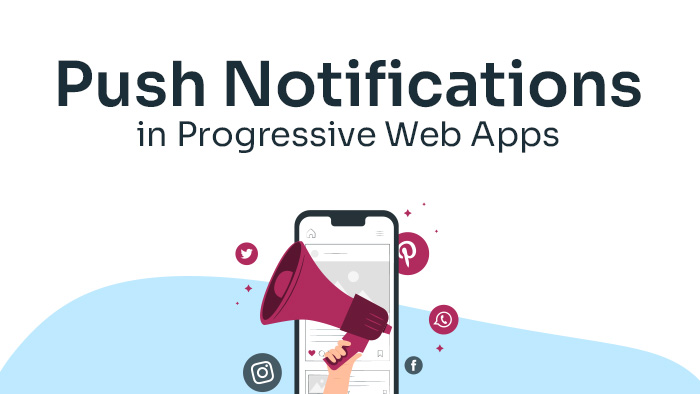
Push Notifications in PWAs: Implementing Real-Time Communication
The rapid advancement of web technologies has fostered the emergence and widespread adoption of Progressive Web Applications (PWAs). Push notifications have become an integral feature of PWAs, enabling real-time communication between applications and users. In this article, we delve into the fundamentals of push notifications in PWAs, exploring topics such as crafting effective push payloads, managing user consent and permissions, implementing real-time communication through push event listeners, and optimizing best practices. Additionally, we address ethical considerations and future trends in this domain. Key Takeaways Push notifications in PWAs enable real-time communication and enhance user engagement and retention. The Web Push Protocol is responsible for enabling secure delivery of push messages to client devices. Service Workers play a crucial role in managing and handling push notifications in PWAs, even when the PWA is not open. Push Notification APIs offer capabilities for user consent, subscription management, and customization, allowing developers to implement real-time messaging in PWAs. Introduction to Push Notifications in PWAs: Implementing Real-Time Communication Push notifications